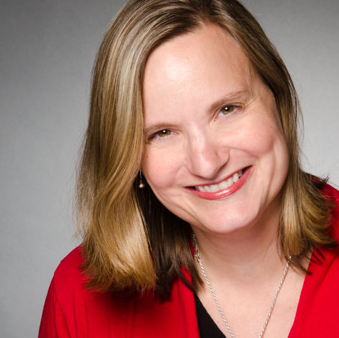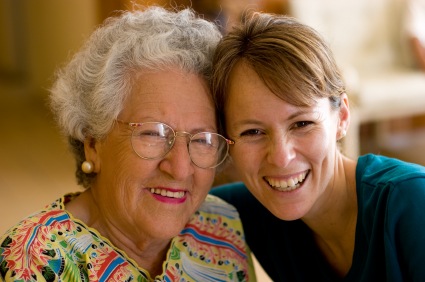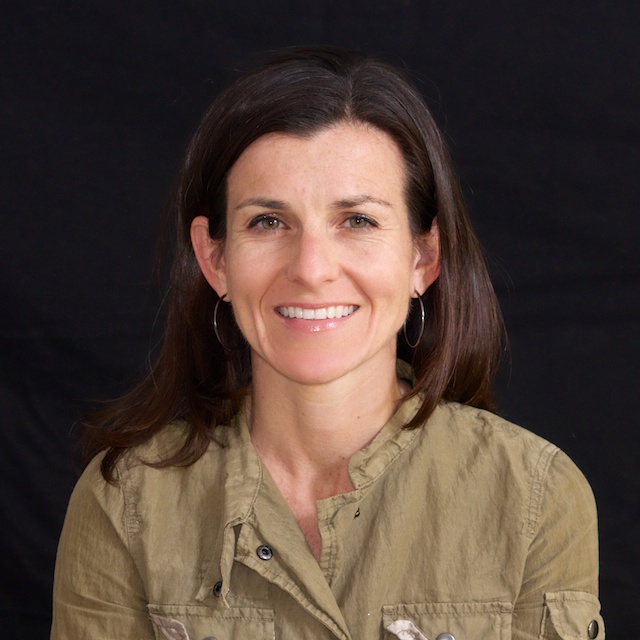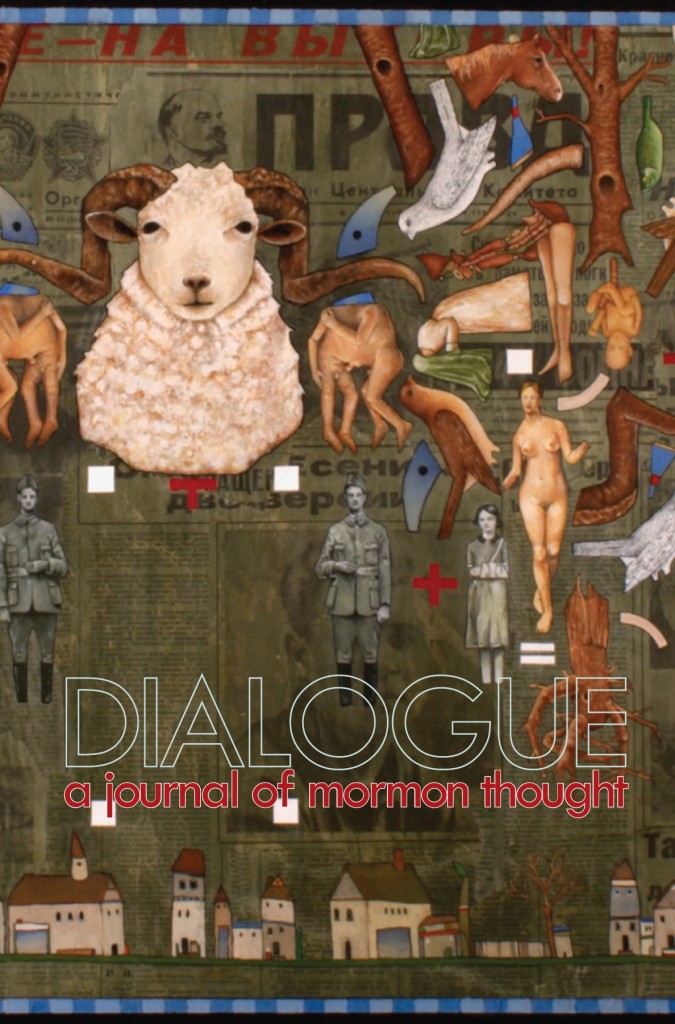Jana Riess at Benchmark Book-Signing Event
November 8, 2011Watch Jana Riess discuss her new book “Flunking Sainthood” at Benchmark Books last week.

Watch Jana Riess discuss her new book “Flunking Sainthood” at Benchmark Books last week.

“The scene at a Mormon congregation here on a recent Sunday would surprise Americans who think of Mormons as young white missionaries in stiff white shirts, black ties and name tags.”

The Economist dances into the current discussion on religions and politics by declaring that “Mormons are Christian.” Author E.G. states

Come to the incredible salon/fundraiser sponsored by the Mormon Women Project this Saturday, November 5th at 6:00pm, at the Joseph Smith Memorial Building in SLC, with the theme: “Crafting A Deliberate Life: Making Choices That Are Purposeful, Personal and Powerful”.

A Mormon is once again in the national spotlight, this time it’s Joanna Brooks who works to demystify Mormons on “On Being” with host Krista Tippett.

We are pleased to announce that our October 2011 Miller Eccles speaker will be Jonathan Stapley, who will speak on the topic “Women, Ritual and Authority.

The Dialogue journal has been around for over 40 years (45!) providing an important space for the independent exploration of Mormonism from a broad range of perspectives.

Update: you can now watch Terryl Givens and Matthew Grow discuss the life and theological musings of Parley P. Pratt courtesy of this YouTube video from Benchmark Books.

Watch Richard Bushman discuss “Mormonism and the Public Good” at the 2011 David P. Gardner Lecture held September 27th at the University of Utah.

Listen to Claremont Chair of Mormon Studies Patrick Mason discuss and dissect anti-mormonism, polygamy, current politics, Native American, African-Americans, religious pluralism, slavery, the Mountain Meadows Massacre, the Cane Creek Massacre and much more in this new podcast from Research on Religion.